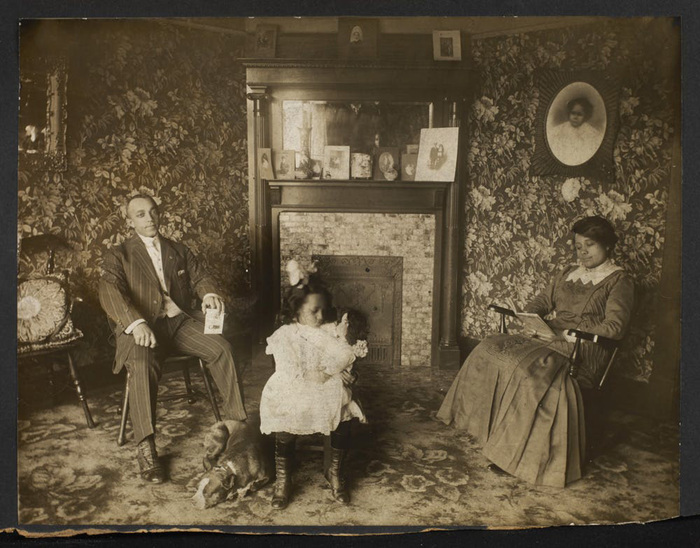A representation far from the derogatory stereotypes and the unwritten history of African American women immediately after the abolition of slavery in the United States.
At the New York Historical Society he opens 'Black Dolls', an exhibition that from February 25 to June 5 2022, through black dolls and play, sheds new light on the persistence of racism in American history even after the emancipation at the end of the American Civil War .
Featuring over 200 items, including 110 hand-crafted dolls from Deborah Neff's private collection, Black Dolls offers a unique perspective on the history of racism.
The exhibition arranges the dolls in a progressive way, starting with those that reflect the horrors of slavery and then moving on through the era of Reconstruction, Jim Crow and the beginnings of the civil rights movement in the 1960s.
"These dolls - the two curators, Margi Hofer and Dominique Jean-Louis explained to ANSA - are the mirror of a period that goes from the mid 19th century to the mid 20th century, but they tell a different story from that written in the official documents. It is those of African American women who at the time had no voice and which they expressed through the creation of dolls that,
Three of the dolls on display were made by the Afro-American writer Harriet Jacobs (1813 -1897), who was born a slave and was subjected to sexual harassment by her master since childhood.
She managed to escape slavery and physical violence in her thirties and made dolls for the children of a white family she worked for after the escape.
In her autobiography 'Incidents in the Life of a Slave Girl' (1861), published under the pseudonym Linda Brent, she recounts how she, during her years on the run, used sewing as a relief for her loneliness. her.
Three more dolls were made in the 1930s by Leo Moss, a self-taught African American artist from Georgia who converted some (white) dolls by modifying their hair,
facial features and expressions by coloring the skin with chromatin to resemble himself, his family and his neighbors.
The latest doll in the collection on display is the character Addy Walker, the first colored doll made by the American doll company 'American Girl' in 1993 with the aim of educating children about slavery and American emancipation.
Addy has her hair braided and wears iconic objects of African American culture.
(HANDLE).

